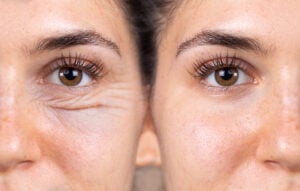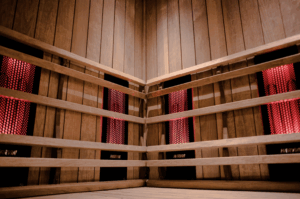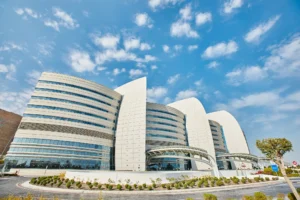In the chaos of Covid, China has charted a unique path. During the Covid pandemic, China implemented strict containment policies in Hubei cities, which limited the outbreak to that province. As a result, China was able to continue with business as usual while the rest of the world introduced travel restrictions and imposed social distancing rules.
However, as other countries began to ease restrictions in 2022 due to vaccine rollouts, China faced renewed outbreaks. The government’s initial response of quarantine and control of movement was met with opposition and restrictions were removed in late 2022.
Open borders
In January 2023, China withdrew its advice to citizens against overseas travel. Its borders were reopened to foreign visitors for the first time in three years in mid-March 2023. In parallel, Europe, Canada and other countries removed requirements such as pre-flight testing for visitors from China.
Consequently, freedom of movement for people and businesses has returned, and Chinese citizens are taking advantage. 155 million tourists travelled from China in 2019, but numbers dropped by 95% during the pandemic years. Bookings in 2023 for trips during the Lunar New Year in late January, a peak travel time for the Chinese, were more than five times those of the previous year.
Many people have turned to wellness retreats and health spa vacations instead of city sightseeing due to the isolation of the previous three years. Popular destinations include Hong Kong, Thailand, Vietnam, Singapore, and some Western countries.
Thailand and Vietnam wellness retreats
Thailand, for example, is renowned for its spa treatments, beautiful beaches, and Buddhist traditions. Kamalaya, an award winning wellness resort located on the southern coast of Ko Samui island, was co-founded by a traditional Chinese medicine doctor and offers a breadth of luxury wellness programs ranging from fitness focused retreats to comprehensive detox and longevity wellness programs.
For those who want to commune with nature, the Amanoi resort in Vietnam is located on the edge of a lotus-strewn lake in Nui Chua National Park. Vietnamese and international cuisine emphasising locally sourced fish and fresh produce is served in the hilltop restaurant and the poolside Beach Club. Treatments available at the spa include Reiki and Qigong, and Ayurvedic, Chinese and Tibetan medicine are employed in their personalised therapy programmes.
Urban wellness in Singapore
In busy Singapore, Como Shambala Urban Escape defies its city centre location to offer a comprehensive wellness centre with yoga and Pilates, meditation and mindfulness, massages and naturopathy consultations. What began as a yoga studio in 1997 has now given birth to more than a dozen Como Shambala wellness centres from London, and Bangkok, to Bhutan, Bali and The Maldives. The Singapore site has grown too. It now features a Michelin-starred restaurant serving traditional Straits-Chinese (Peranakan) cuisine, a restaurant bar with Asian-inspired European fare, and a design-led retail outlet.
Wellness tourism in China
Many Chinese health and wellness tourists are choosing to explore the country’s own therapeutic treasures catering to its growing wealthy middle class.
Sai Kung, known as the ‘back garden’ of Hong Kong, lies less than an hour from the city centre. At the Pier Hotel, Bamboo Yoga hosts three-day retreats that include beach visits, speed boat rides, kayaking, healthy dining, and aerial yoga.
Naked Stables in Zhejiang is within easy reach of Shanghai and offers relaxing massages, hot stone therapy, yoga and painting classes to soothe stressed health tourists. Bamboo forests and tea plantations surround the luxury resort, and it was the first retreat in China to receive the LEED Platinum sustainability award.
Away from the coast, Six Senses Qing Cheng Mountain near Chengdu has ten spa treatment rooms and offers Tai Chi classes at the nearby Puzhao Temple and Sichuan cookery classes. A bonus is an opportunity to see black and white pandas in their natural environment, just fifteen minutes away, in a breeding and rehabilitation centre.
On March 15 2023, visa-free access to the island of Hainan off China’s southern coast was resumed after a three-year Covid suspension. The beautiful tropical island is a popular tourist destination with a rich cultural history and the base for the Sanya Spa, part of Rosewood Hotels, the Anantara Vacation Club and others spas and retreats. Visitors from 59 countries, including the US, Europe and much of Asia, can visit for up to 30 days by applying through a local travel agency.













